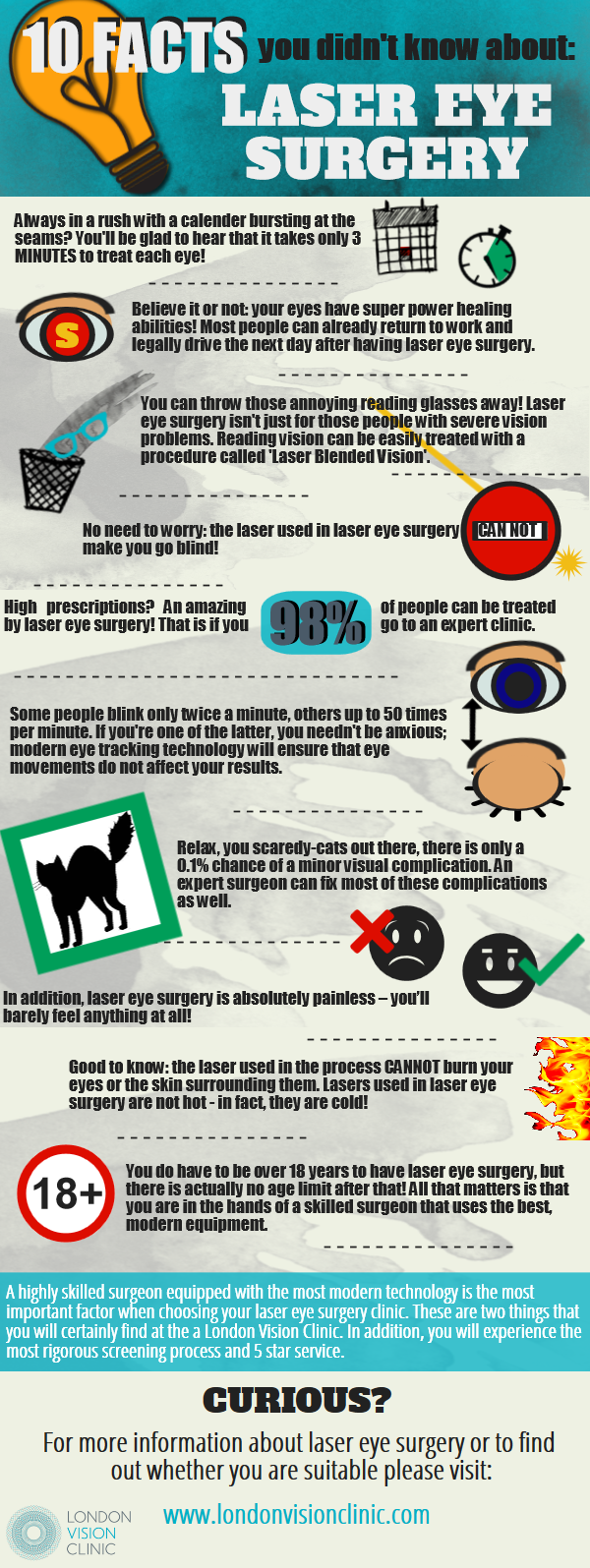Discovering Eye Misalignment: A Thorough Guide To Assessment And Care
Discovering Eye Misalignment: A Thorough Guide To Assessment And Care
Blog Article
Published By-Stroud Slaughter
If you've ever experienced problems with your vision, like double vision or problem evaluating distances, you might be handling eye imbalance, called strabismus. Recognizing its causes and symptoms is important for effective administration. Whether you're discovering these signs in on your own or another person, understanding what actions to take following can make a considerable distinction. Let's check out how to approach diagnosis and care successfully.
Comprehending Eye Misalignment: Reasons and Symptoms
When you notice your eyes aren't lining up correctly, it can be greater than just a cosmetic issue; recognizing the reasons and signs of eye misalignment is essential for your overall eye health.
Eye misalignment, or strabismus, can come from various elements, including hereditary predisposition, neurological problems, or muscle inequalities. You may experience signs and symptoms like double vision, trouble concentrating, or eye pressure.
Sometimes, imbalance may bring about troubles with depth perception, making day-to-day tasks challenging. If you've discovered any one of these indicators, resolving them early can stop more problems.
Acknowledging that eye imbalance can impact not simply your vision yet also your lifestyle is vital. Stay notified and aggressive about your eye health to ensure ideal well-being.
Diagnosis of Eye Misalignment: Examinations and Procedures
Recognizing eye imbalance needs a thorough evaluation by an eye care professional. Throughout your see, they'll likely conduct a series of tests to analyze your eye alignment.
Expect a visual acuity test to inspect exactly how well you see, followed by a cover examination, where one eye's vision is momentarily blocked to observe the other eye's activity.
You'll additionally undertake a mobility test, which examines just how well your eyes relocate together. In many cases, your ophthalmologist might use a prism test to gauge the level of misalignment.
Additional analyses could include reviewing your depth understanding and 3D vision. These examinations aid your eye care supplier properly diagnose your condition and establish the very best course of action for you.
Therapy Options for Eye Misalignment: What You Need to Know
How can you successfully treat eye imbalance? https://kenneth25nichol.bravejournal.net/comprehensive-guide-to-effective-treatments-for-lazy-eye-options-for depend upon the intensity and underlying source of your condition.
For several, vision therapy is a great very first step, including workouts to boost sychronisation and focus. If your misalignment is extra pronounced, your ophthalmologist might recommend corrective lenses, which can help realign your vision.
Sometimes, surgical procedure may be necessary to adjust the muscular tissues around the eyes. Eye Misalignment Correction can offer durable outcomes for those with substantial alignment issues.
It's crucial to review your options with a certified eye treatment expert to figure out the best course of action tailored to your needs.
Conclusion
To conclude, browsing eye misalignment can feel frustrating, however you're not alone. By recognizing the causes and signs, seeking prompt medical diagnosis, and exploring treatment alternatives, you can organize your eye health and wellness. Normal examinations and aggressive care will certainly enhance your results and improve your lifestyle. Don't think twice to reach out to an eye treatment specialist to discuss your concerns and find the very best course forward for your vision needs.
